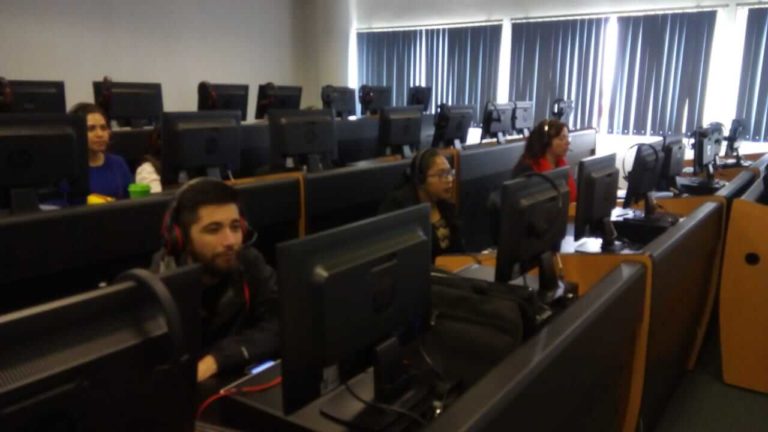
COVID-19 is forcing schools around the world to rethink how they deliver instruction, and implement hybrid learning models. Students must maintain social distancing from each other, which limits the number of students who can be in class at any one time. Many schools are responding by having students alternate between in-class learning and remote learning. The question is how to do this in a way that works well for students as well for teachers.
As the Center for Digital Education defines it, hybrid learning uses online resources to replace portions of students’ instruction that would otherwise be delivered face-to-face. If online and face-to-face learning are combined in the right way, learning becomes more efficient and effective. If it is not done right both students and teachers will struggle. Students risk disengaging and falling behind when they are not in class. Teachers can experience an exhausting workload – they must manage the activities of students in class, conduct lessons with remote students via Zoom or Google Meet, and support the students who are struggling.
These problems are made worse by the increased disparities in achievement among students as a result of earlier school closures. The Brookings Institution has projected that some students will have lost a full year of achievement by the time classes resume this fall. Such students risk falling behind even further once classes start.
Artificial intelligence (AI) can make the difference between failure and success for hybrid learning programs. It makes possible asynchronous learning activities that are engaging, that are tailored to the needs of each learner, and do not require constant teacher supervision. It can help students get back on track after summer break and school closures and stay on track. It can save teachers time and effort, making hybrid education much more manageable for them.
Alelo’s Enskill platform illustrates how this can be accomplished. To help students get back on track, Enskill Refresher online modules automatically assess learner skills and give learners opportunities to practice so they can quickly recover lost skills. Learners get individualized exercises focusing on the skills that they are having difficulty with. They practice in a safe environment where there is no penalty for making mistakes.
Enskill’s avatar-driven learning activities are task-based and interactive, which helps learners stay focused and progressing when they are working remotely. Learners practice as much as they want. At the same time Enskill provides analytics to teachers so they quickly determine which learners are progressing and which ones are struggling and need assistance.
Register for the following upcoming events, to learn more about how AI can meet the challenges of hybrid learning. In our next webinar, Alelo CEO Lewis Johnson will talk about how AI can help learners recover ground lost due to remote learning under COVID-19. Then in an upcoming Learning Counsel podcast, Learning Counsel CEO LeiLani Cauthen and Dr. Johnson will talk about how AI avatars help solve hybrid learning logistics.


